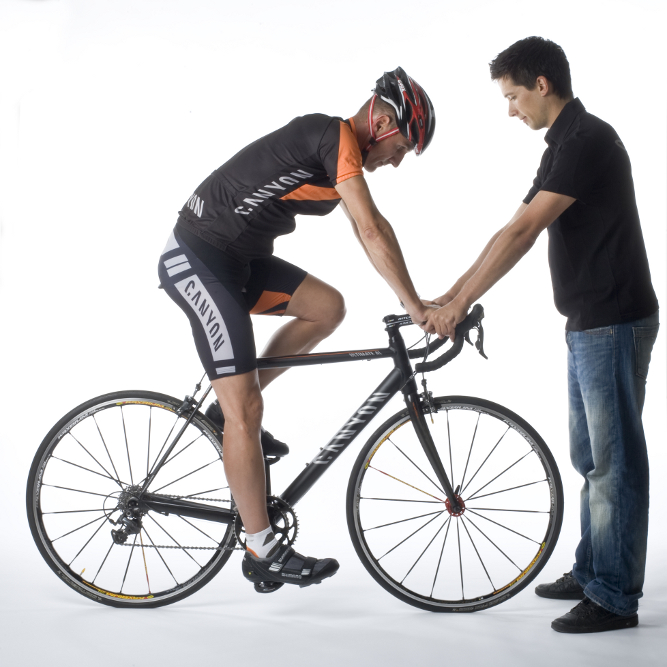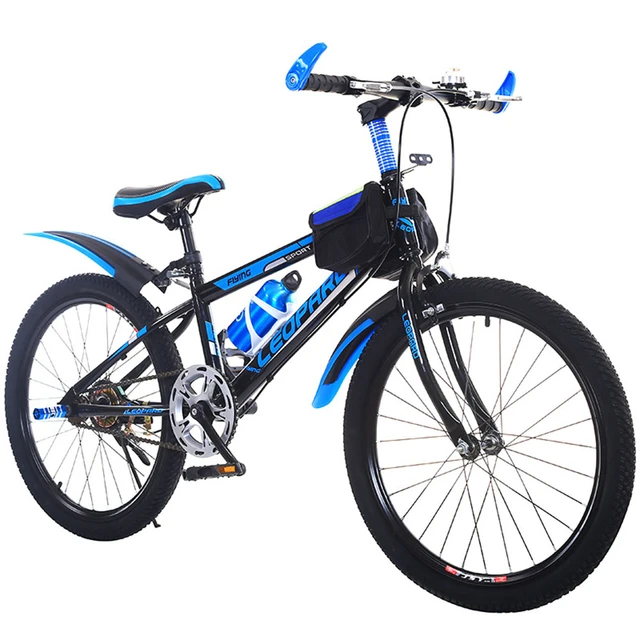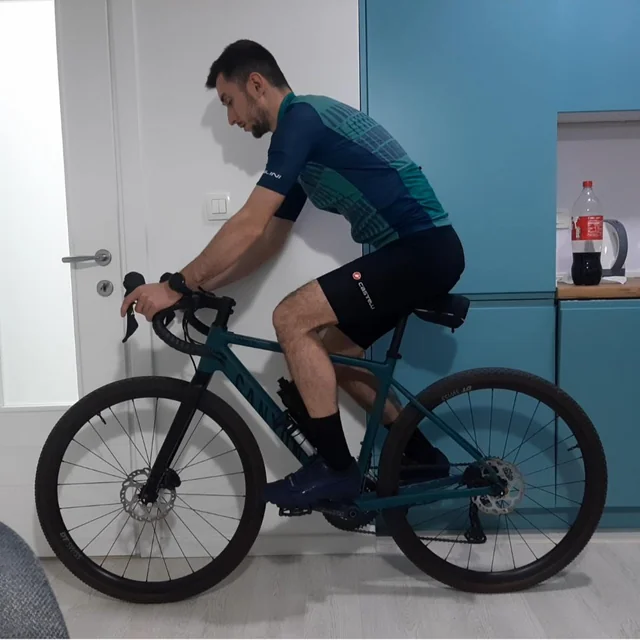 I. Introduction to Bicycle Measurement
I. Introduction to Bicycle Measurement
How to measure a bicycle?
When it comes to cycling, one of the most important factors in ensuring a comfortable and efficient ride is having a properly fitting bike. This is where the importance of bicycle measurement comes into play. Properly measuring a bike is essential for achieving the right fit, which can ultimately impact a rider’s comfort, performance, and overall enjoyment of the sport.
Key Measurements for a Bicycle
There are several key measurements that are crucial for determining the proper fit of a bicycle. These include the frame size, saddle height, handlebar reach, and saddle setback. Each of these measurements plays a significant role in ensuring that the bike is tailored to the rider’s specific body dimensions and riding style. In this article, we will focus primarily on the measurement of frame size, as it serves as the foundation for the overall fit of the bike.
II. Measuring Frame Size
A. Understanding Frame Size and Its Impact on Comfort and Performance
The frame size of a bike refers to the length of the seat tube, which is typically measured from the center of the bottom bracket to the end of the seat tube or the center of the top tube. This measurement is crucial as it determines the overall height of the bike and has a direct impact on the rider’s comfort and performance. A frame that is too small may result in a cramped and uncomfortable riding position, while a frame that is too large can lead to a lack of control and stability.
In addition to the seat tube length, the effective top tube length is also an important measurement to consider. This measurement reflects the horizontal distance from the center of the head tube to the center of the seat tube. It plays a significant role in determining the reach and overall riding position on the bike.
B. Methods for Measuring Frame Size
There are several methods for measuring frame size, including center-to-top (CT), center-to-center (CC), and effective top tube length. The center-to-top measurement refers to the distance from the center of the bottom bracket to the top of the seat tube. This measurement is commonly for traditional road and mountain bike frames.
On the other hand, the center-to-center measurement is taken from the center of the bottom bracket to the center of the top tube, where the top tube meets the seat tube. This measurement is often used for vintage or older bike frames.
Finally, the effective top tube length is an important measurement for determining the reach and riding position on the bike. It takes into account the angle of the seat tube and the actual horizontal distance from the center of the head tube to the center of the seat tube. This measurement is especially crucial for determining the proper fit on modern road and mountain bike frames.
III. Measuring Wheel Size
A. The Role of Wheel Size in Overall Bike Performance
The wheel size of a bicycle is a crucial element that significantly impacts the overall performance and ride quality of the bike. The size of the wheels not only affects how the bike handles and accelerates but also influences its ability to tackle different terrains and road conditions. Understanding the role of wheel size is essential for cyclists looking to optimize their riding experience.
B. Techniques for Measuring Wheel Diameter: Outside Diameter vs. Bead Seat Diameter
When it comes to measuring wheel size, there are two primary techniques: outside diameter and bead seat diameter. The outside diameter refers to the total diameter of the wheel, including the tire.
On the other hand, bead seat diameter refers to the diameter of the wheel where the tire bead sits. This measurement is taken from the inner edge of the rim and is used primarily for rim manufacturers and in the selection of appropriate tires.
Understanding both of these measurements is important for cyclists, as it allows them to make informed decisions when it comes to selecting the right wheels and tires for their bikes. Additionally, being aware of the different wheel sizing standards, such as 700c, 650b, and 29er, can also aid in making the most suitable choices for specific riding preferences and terrain.
IV. Assessing Saddle Height
A. The Significance of Proper Saddle Height for Comfort and Efficiency
Saddle height is a critical aspect of bike fit, directly impacting the rider’s comfort, pedaling efficiency, and overall performance. An improperly adjusted saddle height can lead to discomfort, affect pedaling dynamics, and increase the risk of knee pain and injuries. Achieving the correct saddle height is essential for ensuring a comfortable and efficient riding experience.
B. Methods for Measuring and Adjusting Saddle Height
Measuring and adjusting saddle height can be done using various methods, including the inseam measurement, heel method, and the 109% rule. The inseam measurement involves determining the rider’s inseam length and using it to calculate the optimal saddle height. The heel method utilizes the rider’s leg extension and heel position to set the correct saddle height. The 109% rule offers a guideline for setting saddle height based on the rider’s inseam measurement, providing a starting point for individual adjustments.
V. Determining Handlebar Width
A. Understanding the Impact of Handlebar Width on Steering and Comfort
The handlebar width of a bicycle plays a crucial role in the overall comfort, control, and handling of the bike. A handlebar that is too wide or too narrow can have a significant impact on the rider’s steering capabilities, as well as their overall comfort while riding. It is important to understand the various factors that come into play when determining the right handlebar width for a cyclist.
B. Techniques for Measuring and Choosing the Right Handlebar Width: Shoulder Width, Riding Style, and Comfort
One of the key techniques for measuring and choosing the right handlebar width is to consider the rider’s shoulder width. In general, the handlebar should be approximately the same width as the rider’s shoulders, as this can help create a more natural and comfortable riding position. A handlebar that is too wide can lead to discomfort and strain on the shoulders, while a handlebar that is too narrow may result in reduced stability and control.
Another important consideration when choosing the right handlebar width is the rider’s specific riding style and preferences. For example, riders who prefer a more aggressive and aerodynamic position may opt for a narrower handlebar to reduce wind resistance and improve aerodynamics. On the other hand, riders who prioritize comfort and stability may prefer a wider handlebar for improved control and a more upright riding position.
Comfort is also a critical factor when selecting the right handlebar width. It is important for riders to test out different handlebar widths to determine which one feels the most natural and comfortable for their individual preferences.
In conclusion, proper bicycle measurement, particularly of the frame size, is essential for achieving a comfortable and efficient fit on a bike. Understanding the various methods for measuring frame size and their impact on comfort and performance is crucial for cyclists of all levels. By taking the time to measure and adjust the bike to their specific dimensions, riders can significantly improve their riding experience and overall enjoyment of the sport.


